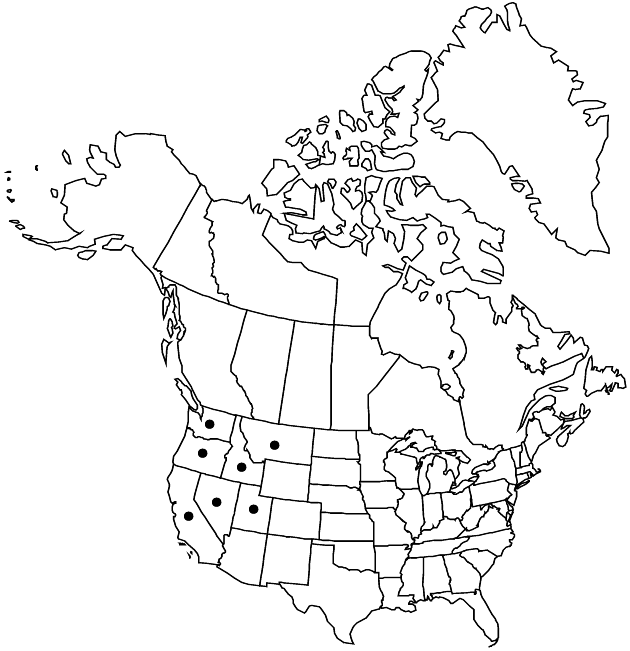Difference between revisions of "Agoseris grandiflora var. grandiflora"
imported>Volume Importer |
imported>Volume Importer |
||
| Line 74: | Line 74: | ||
|publication year= | |publication year= | ||
|special status=Endemic | |special status=Endemic | ||
| − | |source xml=https:// | + | |source xml=https://bitbucket.org/aafc-mbb/fna-data-curation/src/2e0870ddd59836b60bcf96646a41e87ea5a5943a/coarse_grained_fna_xml/V19-20-21/V19_503.xml |
|tribe=Asteraceae tribe Cichorieae | |tribe=Asteraceae tribe Cichorieae | ||
|genus=Agoseris | |genus=Agoseris | ||
Latest revision as of 19:52, 5 November 2020
Leaves: blades oblanceolate to spatulate, 10–50 cm × 10–35 mm (excluding lobes), margins dentate to lobed or pinnatifid, lobes linear-lanceolate to lanceolate. Involucres campanulate to hemispheric, 3–5.5 cm in fruit. Phyllaries medially rosy purple, rarely green, rarely spotted, lanceolate to ovate or obovate; outer often surpassing inner at flowering, margins sometimes dentate. Florets (100–)150–300(–500). 2n = 18
Phenology: Flowering Mar–Oct.
Habitat: Mesic to dry meadows, grasslands, sagebrush steppes, open oak or coniferous woodlands, chaparral
Elevation: 300–2500 m
Distribution

Calif., Idaho, Mont., Nev., Oreg., Utah, Wash.
Discussion
Variety grandiflora is most commonly found east of the Cascade Mountains and southward into California and occurs primarily in grassland, steppe, or chaparral. It has regional phases, especially southward in its range. These appear more or less distinct but they so completely intergrade that their separation becomes arbitrary. Variety grandiflora rarely forms intermediates with other species; putative hybrids with A. apargioides have been collected. It is one of the suspected parental taxa of A. ×elata, especially the Sierra Nevada populations.
Selected References
None.